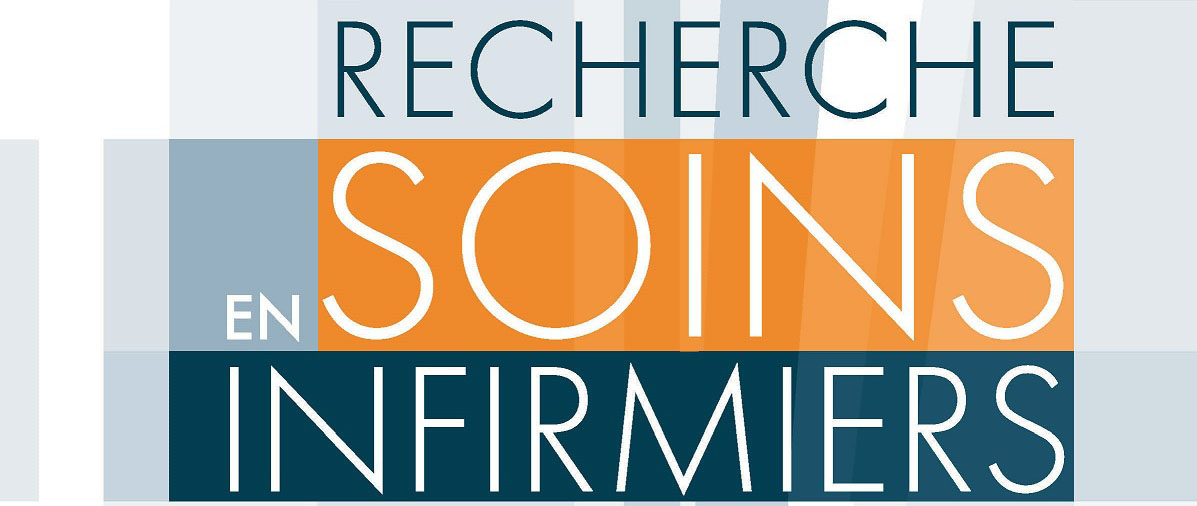Ethnographical situations at the hospital: “She’s coming to see if we have bones in our noses.”
The anthropologist’s first tool is their own person. Their field is constructed through the interrelations between the researcher and the community whose implicit and explicit workings they are trying to understand—interrelations which arise at the very beginning of the project, and which continue to develop over its course. Careful use of evenly-suspended attention and chance lies at the foundation of the project, going beyond the ordinary opposition between subjectivity and objectivity, empathy and distance, apparent disorder and classification. In this sense, the method used is to use no method, at least at first sight. The way the present article is constructed attempts to show this. Serving as a mirror is never a small task, because of the tensions and conflicts which exist within each human group. This is particularly true for hypersensitive, violent fields, which include certain hospital units where the ethnologist—who makes it their business to listen, in a place where listening is in short supply—encounters the worries and the suffering of both the carers and the cared-for.
Keywords
- hospital
- emotion
- construction of the field
- floating attention
- implication
- restoration
